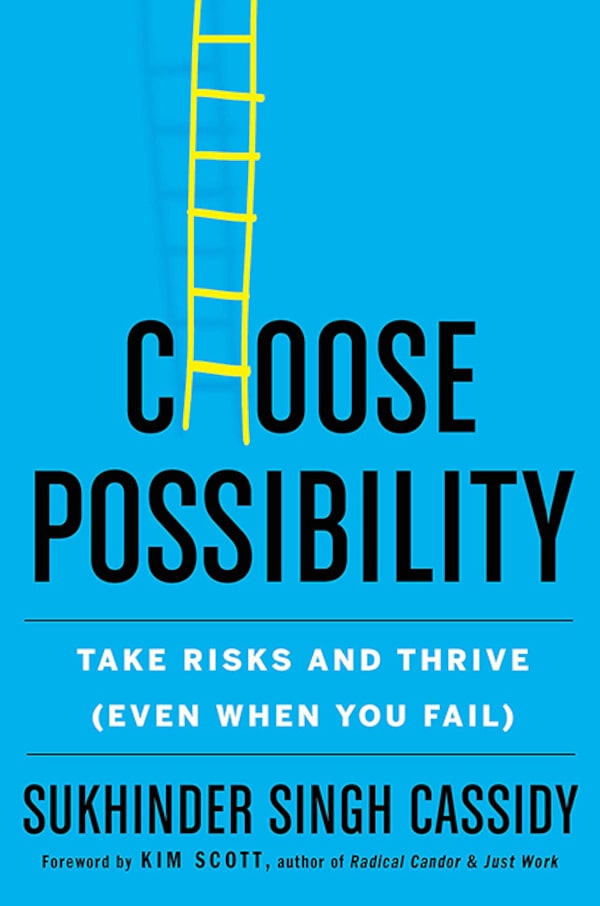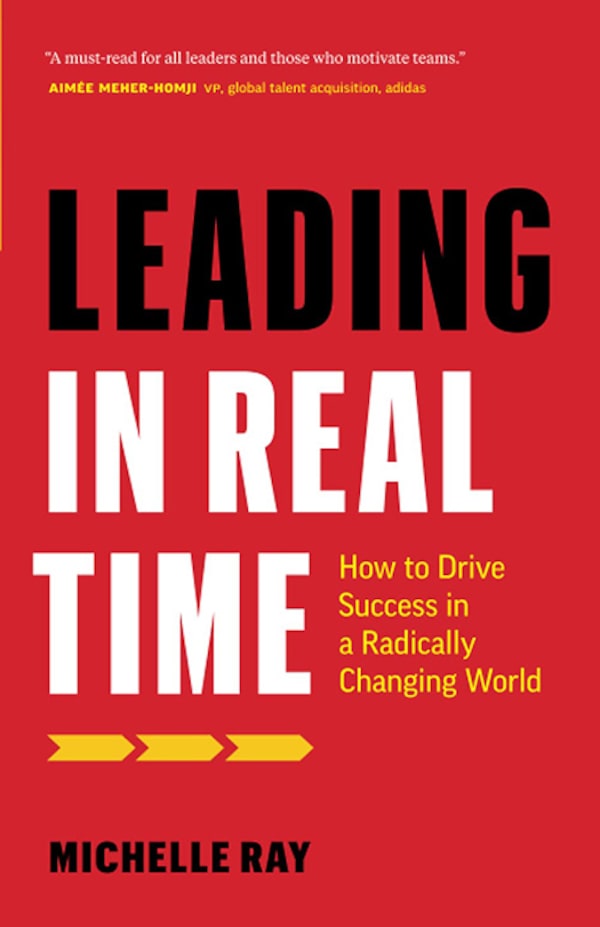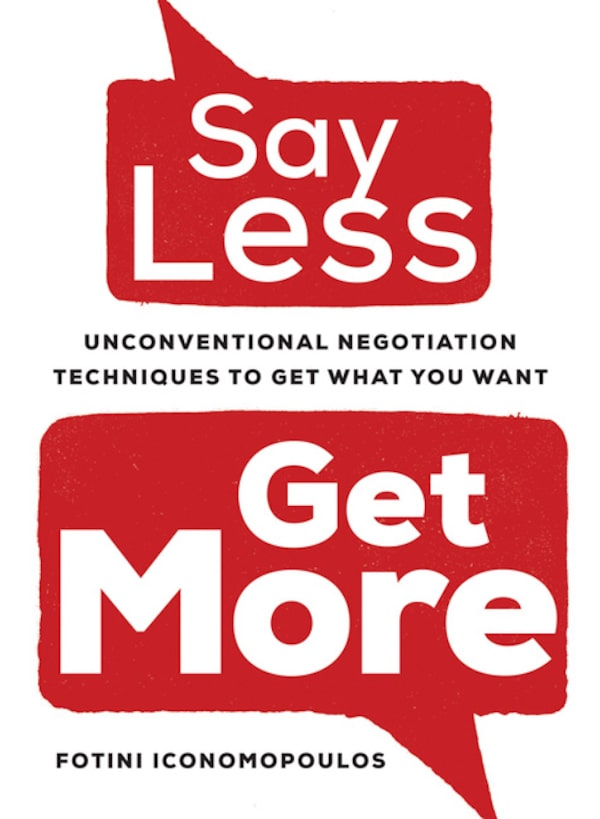In the aftermath of the Second World War, Winston Churchill famously advised leaders that they should “never let a good crisis go to waste.” While leaders in 2021 are dealing with challenges of a different sort, the lesson remains true: times of plight push organizations to enact change faster than usual.
Indeed, the last two years have amplified existing workplace issues and raised new ones: expectations surrounding remote work, skewed work-life balance and looming uncertainty have complicated matters for already-busy managers.
In new books published this year, three female leaders offered their advice on how to lead in times of expedited change. As far as business advice goes, theirs is not novel, but their approach is. All three books, written during the pandemic, frame time-worn adages in the context of crisis.
In Choose Possibility: Take Risks and Thrive (Even When You Fail), Silicon Valley leader Sukhinder Singh Cassidy encourages readers to accumulate success by taking small, gradual risks. Leadership consultant Michelle Ray speaks for an active approach to dealing with some of the greatest issues facing today’s leaders, including attracting Generation Z and managing gig workers, in her new book Leading in Real Time: How to Drive Success in a Radically Changing World. And in Say Less, Get More: Unconventional Negotiation Techniques to Get What You Want, Fotini Iconomopoulos argues that strong arguing skills are beneficial in and out of the workplace.

Choose Possibility: Take Risks and Thrive (Even When You Fail), by Sukhinder Singh Cassidy.Supplied
Cassidy’s book, Choose Possibility, aims to dispel the idea that success relies on pivotal moments – she calls this the “Myth of the Single Choice.” Instead, she tells the story behind her impressive résumé, which includes time at Amazon and Google, through the perspective of small risks taken along the way. Her writing is particularly relevant to leaders in its advice on how – and how not – to make decisions for teams and develop young employees with potential. Its strength for me was its relatability: It begins with Singh, having graduated from Ivey Business School at the University of Western Ontario, battling self doubt after failing to land a sleek finance internship after graduation, a situation many young people can connect with. Nonetheless, her approach – no doubt developed by the “fail fast and do postmortems” Californian tech environment where she now works – fails to engage with the privilege she was afforded as she globe-trotted in pursuit of her next role.

Leading in Real Time: How to Drive Success in a Radically Changing World, by Michelle Ray.Supplied
In Leading in Real Time:, written at the beginning of the pandemic, Vancouver-based Ray takes a more conservative stance: that leaders should find a way to control what they can. The book, helpfully, is a list of those things, with “calls to action” attached. The way I read it, the book is a good primer for leaders who have been digging their heads into the sand for the past three years: Ray confronts head-on issues of gender bias in the workplace, diversity and labour issues, social media and new technology, calling on leaders to face the issues or risk dereliction. Chapter Two, “The Workplace Is Changing and So Must You,” will be particularly relevant to today’s leaders in demanding they respond to the next generation’s desired management style: with attentive regard, frequent feedback, and even as equals. However, for a book aimed at those seeking “authenticity,” it struggles to be relatable in the way Choose Possibility is: Ray’s anecdotes about her consulting clients often seem too vague to be applicable, and the book’s vast coverage works to its detriment, in that no leader could hope to be aware of – and address – such an expanse of issues.

Say Less, Get More, by Fotini Iconomopoulos.Supplied
Finally, in Say Less, Get More, York University MBA professor Iconomopoulos argues that negotiation tactics aren’t universal: what would work for a white man will not work for a female immigrant. It’s a raw and practical approach to the negotiation strategies put forward in mainstay texts such as Getting to Yes. Her main strategy: use a “pause” after an ask to roil up the other part’s nerves. Leaders will find the book useful in providing useful tactics in parlaying difficult conversations with clients, management and employees, at a time when they must delicately joust on topics ranging from the return to in-person work to supply chain delays. While the book is effective in speaking to women, who less frequently advocate for themselves in the workplace, the book risks becoming merely a matter of inspiration rather than action, as it frequently turns to clichés such as finding one’s “authentic self.”
While the lessons are not new, the context of these books – written at a time of heightened stress, hastened change and different work experience – introduce the advice in new contexts.
Indeed, a 2020 study by HR company Kronos found that 86 per cent of leaders felt burnt out after a day of work, up nearly 30 per cent from the year before. Of those managers, nearly half felt so worn out that they intended to move to a new company in order to advance their careers, and a quarter planned to leave their employer within a year.
Overall, Cassidy, Ray and Iconomopoulos encourage readers – seasoned executives and leadership neophytes alike – to take risks, take action and pause to reflect. Leaders who are dedicated to bettering their team’s career opportunities, as well as their own, will benefit from these lessons.
Expand your mind and build your reading list with the Books newsletter. Sign up today.